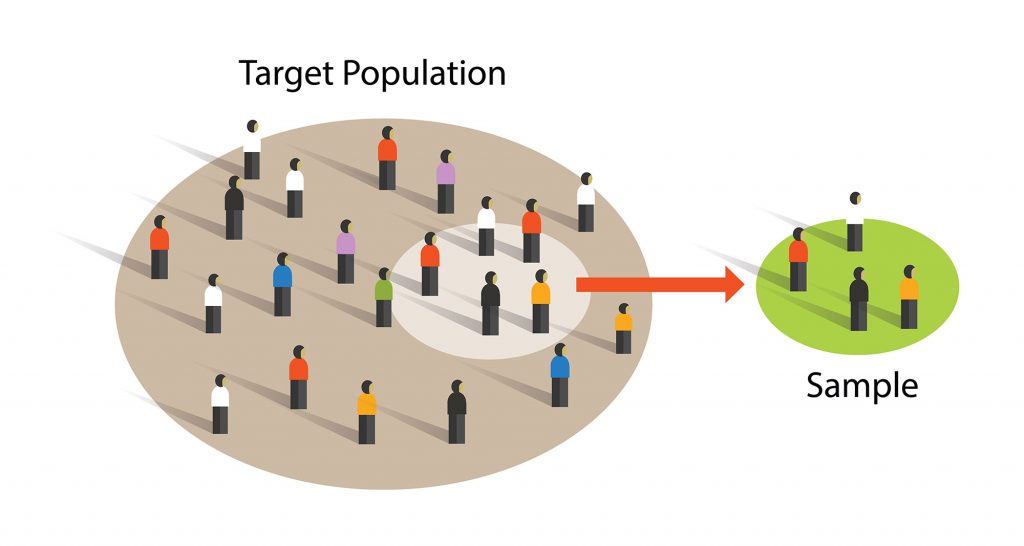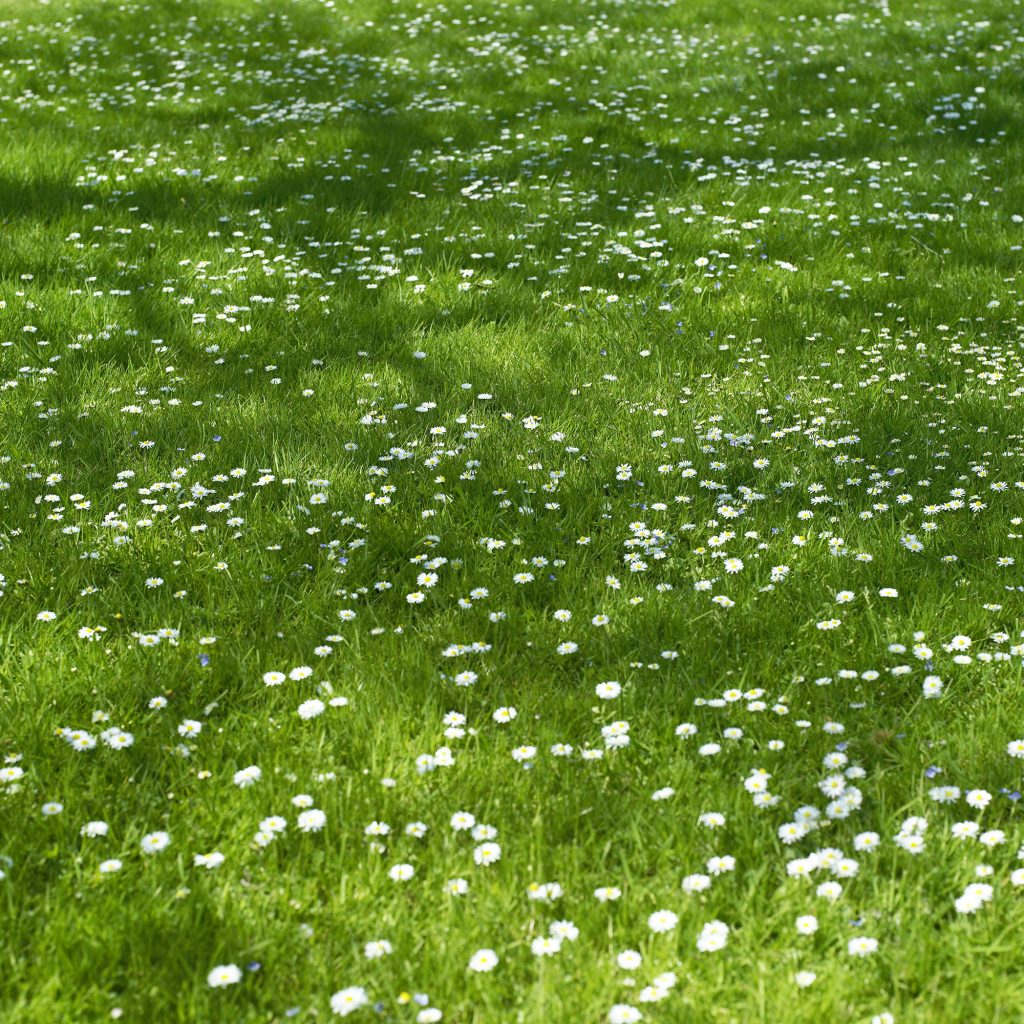
Data & Sampling Forms of Information


Data & Sampling Objectives
-
Provide examples of different forms of data about the natural world.
-
Describe the types of information data can convey.
-
Discuss the techniques, benefits, and limitations of sampling from a larger population.
In this module both guide media pieces (3A & 3B) can be completed together
Overview of module 3 media pieces
Collecting data about a population
This week you are collecting data about a population of organisms. A population includes organisms that are all the same species. This could be a population of the same type of tree in a park, same species of grass in a lawn, ants in an anthill, or the same species of fish in a tank. If you can not get outdoors, you will also be able to make your own population with toys or other household items. There is more on what a population is later in this guide.
Data Collection Plan
Choose a location with a population, determine the size of the smaller area you will sample at that location, design a quadrat to sample with, list any other supplies needed, and identify potential safety issues.
Population Data
Collect information about the population, including (1) photographic information: first impression, ground view, eye-level view, overhead view, and final impression as well as (2) written information: researcher name(s), project name, location, weather, date, time, the number in the sample quadrat, the extrapolated number in the entire location, distribution, and interactions.
Work Ahead
These two media pieces have the typical due dates (Wednesday evening for 3A, Saturday evening for 3B, but if you have time early this week, you can complete both together.
Now, a closer look at data collection

Data are the attributes of something we can observe, like number, color, or size. Data is the variable in a study, what you are trying to find out more about; like the number of fish in a lake, or location of a plant in a field.

“Data” is often used interchangeably with information. In its basic sense, data is the attribute of something, like the number or color, or size. This is information if it is new to someone, they become informed about the data.
We often think of numbers as the primary type of data, because many measurements are numerical.

Temperature

Stock Values

Mutation Rates

Food Calories

Map Coordinates

Population Size
Data can also be in non-numerical form.

Specimens

Human Attributes (motivation, attitude, satisfaction)

Stakeholders in an Issue
The questions that you want to answer drive the type of data that is collected.
This video provides an overview of data collection.
Sampling
It is usually impossible to study all of something. For example, it would not be possible to study all of the monarch butterflies. Sampling is a way to study a subset of organisms and then try to extrapolate to the larger population.

Researchers rarely get the opportunity to sample an entire population, unless it is quite small, like an endangered species or a tiny habitat.
A sample is a smaller part that is intended to accurately describe the larger whole.
Sampling a small defined number of individuals and extrapolating the results to the larger population is a common practice in many fields.

What is an advantage of sampling?
hint: if you were asked about characteristics of a grass species in a large lawn, what is the clear advantage of taking a smaller sample?
What is a potential disadvantage of sampling?
hint: think about if by chance you get something unusual in the sample, the assumption would be that whatever that is, is actually common.

A larger number of samples in an area typically provides a more accurate representation.

Resources (materials, time, money) and weather often limit sample number and sizes.

In our field work (streams for Lesley; lakes and forests for Mark), weather and time were often the limiting factor. As graduate students our labor costs were inexpensive, but the time window to collect seasonal data was narrow.
A quadrat is often used to delineate a consistently sized sampling area and can be inexpensive to construct.
Start Your 3A Media Assignment here
Data Collection Plan
In this media assignment you are creating a data collection plan that you will use for media piece 3B.
Choose a location with a population of organisms. It can be a yard, field, or somewhere indoors like a carpeted room. The species can be plant, animal, or fungus.
Determine the approximate size of the entire location/habitat, and the size of the smaller area you will sample at that location.
Design a quadrat to sample with, list any other supply needs, and identify potential safety issues.
We are providing the research questions that you will be supplying data to answer:
-
What is the population size? (populations are described in the population data section)
-
How is the population distributed?
-
Is there evidence of interactions within the population and/or interactions of the population with other species?

Upload to Canvas a document that includes:
-
The name of the location that you will be sampling (can be map coordinates, name of a park, type of room, etc.).
-
The name of the organism you will be sampling (does not need to be an animal and can also be inanimate objects if organisms are not available).
-
The approximate size of the overall location you are sampling.
-
The size of the smaller area you will sample at that location, including the design of the quadrat you will use to sample.
-
A list of any additional supply needs (you can just say its your field kit, if that is enough)
-
A list of any potential safety issues.
The next section focuses (pun intended!) on the important role of photography in science research.

Check your knowledge. Can you:
-
provide examples of different forms of data about the natural world?
-
describe the types of information data can convey?
-
discuss the techniques, benefits, and limitations of sampling from a larger population?



